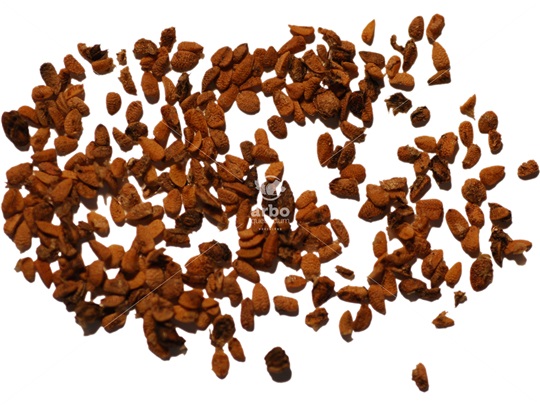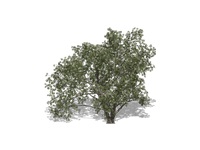Sambucus canadensis
American Elder
5,95 $
Availability
In stockHardiness Zone
3a (ref. Hydro-Québec)Region of Origin
Eastern North AmericaMother Tree located in
Sainte-Catherine-de-Hatley, QuébecSeeds Type
Orthodox, that is to say seeds with the capability to withstand desiccation and freezing temperatures (-20°C) and may therefore be conserved for years, if not decades.
For germination, you must...
1. allow SIX MONTHS for seed treatment;
2. subject them to a thermal scarification AND a warm stratification, THEN a cold stratification, before sowing (follow the steps below in order).
Thermal Scarification : Soak the pips in hot tap water (around 60 ° C) and let the water cool normally for 24 hours. Following this process, several seeds should have swelled from their original size. Repeat this step for the seeds that have not changed in size and therefore have not been scarified properly.
Stratification (warm and cold) : Place the pips in a bag (Ziploc Slider type) containing slightly premoistened peat moss. Seeds should be surrounded by the latter. Close the bag and place it at room temperature for about two months, then in cool storage (between 1°C and 5°C) for approximately four months.
Seedlings : Remove the content from the bag and sow the pips by broadcasting the mix on the growth medium. Bury lightly, less than five millimeters from the soil surface.
⚠ Hard to germinate ⚠
Seeds from this species have a combinational dormancy. Endocarp walls are thick and impervious to water (physical dormancy). Embryo’s growth, inside the seed, is prevented by a factor that we didn’t identify yet, but could be its immaturity (morphological dormancy). Embryo’s maturation progresses as the stratification takes place. Germination may occur several months after sowing. It’s important to not throw seeds away if they didn’t germinate after the first attempt. Repeating all the germination process could be necessary.





